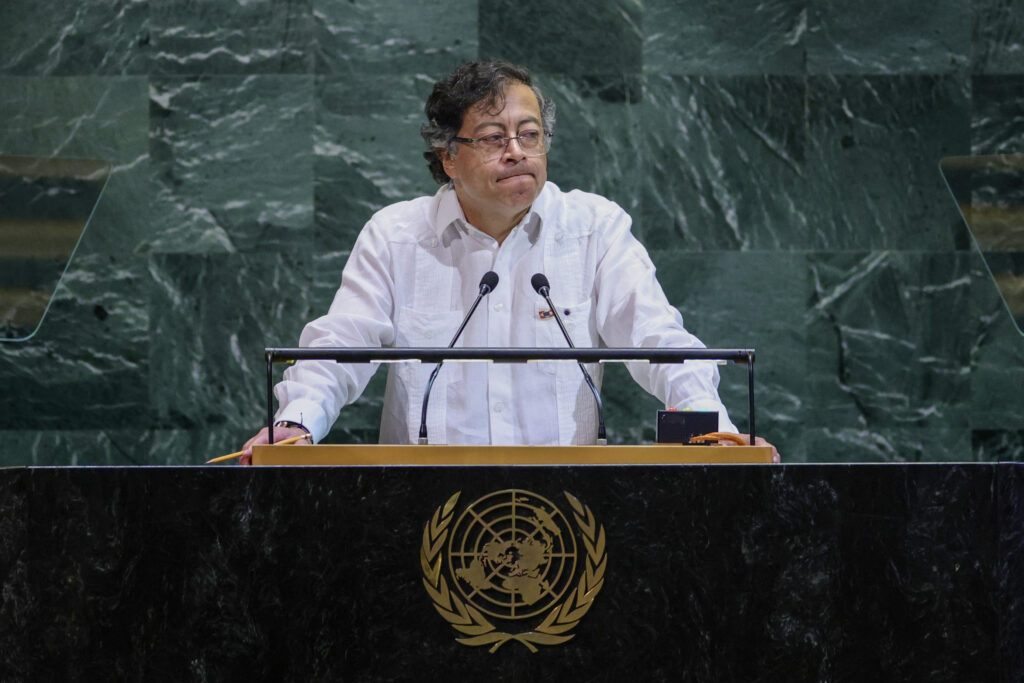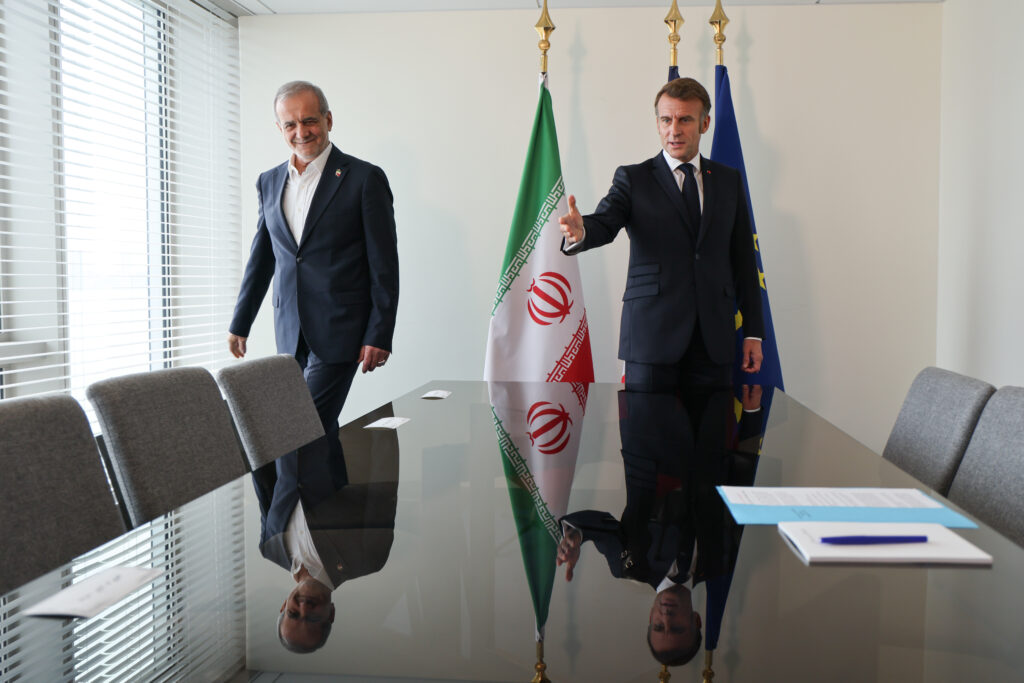Naissance d’une girafe au parc zoologique de Paris, une première depuis 2019
Une girafe de Kordofan est née le 12 septembre au parc zoologique de Paris, une première depuis 2019, qui marque “une étape importante pour la conservation de cette espèce” en danger critique d’extinction.Le girafon est dès à présent visible dans la maison des girafes, depuis la galerie intérieure accessible aux visiteurs, précise le zoo dans un communiqué. Dans les prochaines semaines, il poursuivra son développement aux côtés de sa mère et découvrira progressivement les enclos extérieurs.La petit femelle est née au coeur d’un groupe de huit femelles, “sous l’attention vigilante de sa mère déjà expérimentée, dont l’instinct maternel s’est exprimé immédiatement”, se félicite le parc, géré par le Muséum national d’histoire naturelle (MNHN). La “relation mère-jeune semble déjà bien établie”, souligne-t-il.Après une gestation de 14 mois, la naissance a eu lieu au petit matin au sein de la maison des girafes du parc, sur un lit de paille. Les girafes mettent bas debout, ce qui implique une chute d’environ deux mètres pour le nouveau-né. La jeune girafe pèse désormais 44 kg pour environ 165 cm, un “petit gabarit pour un girafon”. Elle a été observée en train de téter longuement quelques heures après sa naissance, un “comportement très encourageant” et son “état de santé est jugé très satisfaisant”Elle a fait l’objet d’un “suivi rigoureux” par les équipes vétérinaires et animalières, avec deux premiers contrôles à 24 heures puis à 72 heures: prise de sang, pesée, désinfection de l’ombilic…Il s’agit de la première naissance de girafe au parc zoologique de Paris depuis 2019 et de la 160e depuis sa création en 1934.Chaque année en Europe, une soixantaine de girafons voient le jour pour une population globale de plus de 750 girafes dans les parcs zoologiques européens. Avec cette naissance, le parc zoologique de Paris en accueille onze, dont deux mâles adultes. Les girafes du Kordofan sont classées “en danger critique d’extinction” par l’Union internationale pour la conservation de la nature (UICN). Leur population a chuté de près de 40% en trente ans en raison du braconnage et de la perte d’habitat.



